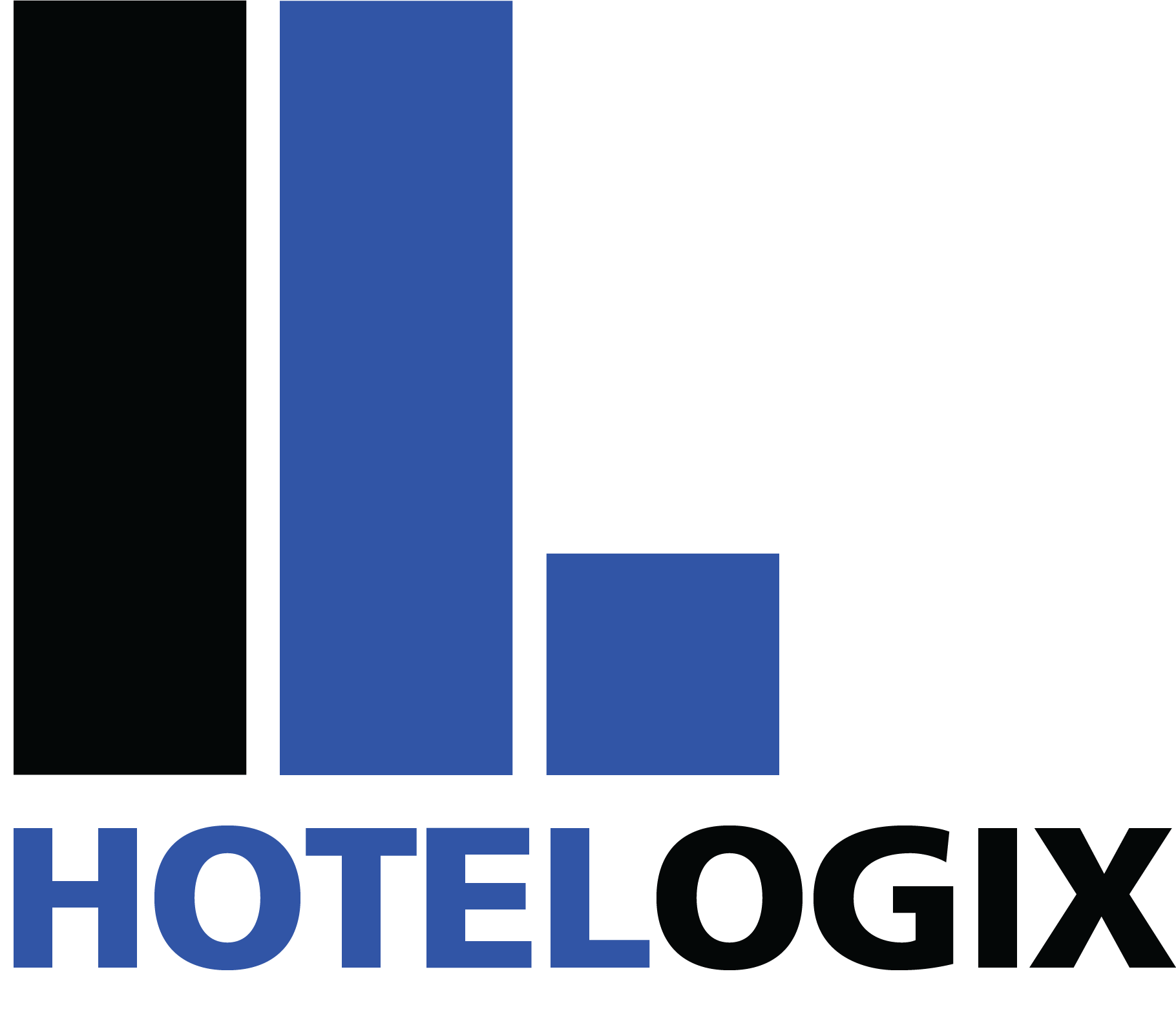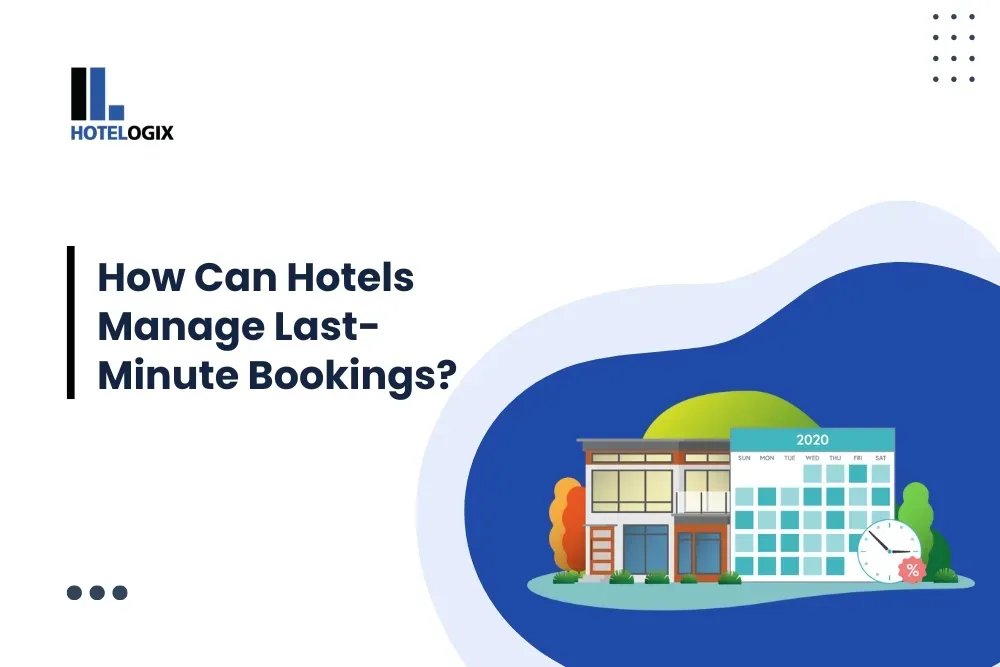With competition in hospitality intensifying every year, hoteliers are constantly on the lookout for better ways to improve profitability. And in today’s highly fragmented market, revenue management strategies provide them with an ideal way to add to their bottom-line. However, no matter how good your revenue management team is, it’s impossible to accurately track and predict periods of high demand. And as we approach the end of 2016, we’re sitting on a period of rapidly increasing commissions – even revenue growth across the industry has been unable to keep pace (HAMA Study & Kalibri Labs)!
Making projections about customer acquisition costs and other targets is not recommended without having objective information to support the estimations. Managers can begin collecting objective data by evaluating each of the hotel’s channels. The most prominent ones usually are OTAs, the direct booking website, corporate relationships and travel agents.
A great way to evaluate channel performance is by measuring these three metrics –
- Gross Revenue: The total revenue a channel has generated within a specific period.
- Customer Demographics: The type of travelers attracted by each booking channel.
- Channel Costs: The total costs associated with running each channel.
Accounting for the opportunity costs
Information gathered by evaluating each of the hotel’s channels through the above mentioned strategy provides revenue managers with a clear picture of the property’s channel profit breakdown. This enables managers to make better decisions about which channel to prioritize in the future.
However, it doesn’t account for the opportunity costs – which is to say that a certain transaction may have been even more profitable if it had taken place on another channel. This is where the complexity of segregating booking sources and revenue management strategies can get a little overwhelming.
To put it differently, sometimes an apparently profitable scenario may not actually be so. Consider the direct booking channel – these booking sources are widely considered to be the most lucrative for hotels and indeed, they provide the property with commission-free reservations. Costs involved with the direct booking channel are associated with primarily SEO and SEM, subscription/hosting services – usually fixed costs, unlike OTA bookings where the costs increase as the number of bookings increase. However, most hotels simply cannot compete with OTAs in terms of exposure because of the difference in marketing budgets. As a result, no matter how much hotels spend on their website, customer acquisition costs on this channel will only be low if the hotel receives a sizeable chunk of their bookings from the brand website. If the number of direct bookings drop too low, customer acquisition costs will skyrocket!
Demand generation isn’t a one-time task – it’s a continuous process that revenue managers will get more comfortable with as they get more experienced. Every hotel is influenced by different factors and by tweaking their revenue management strategy from time to time, hotels can uncover what works best for them. It’s doesn’t happen overnight, but the long-term stability it builds is worth it.
—







